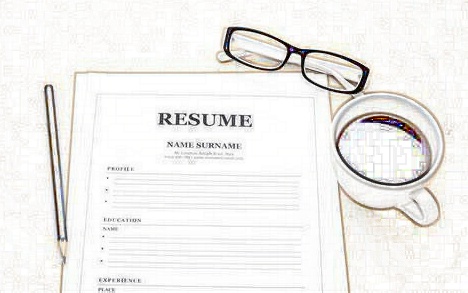Resume is an important starting point for your job search, It portrays and presents what you are and what you are capable of to the recruiters, hence, you must give importance to your resume and create an impressive one. Creating an impressive resume involves effectively showcasing your skills, experience, and achievements in a way that grabs the employer’s attention.
Here are key steps to craft a standout resume:
- Choose the Right Format
Select a format that highlights your strengths:
- Chronological Resume: Best if you have a solid work history with no significant gaps.
- Functional Resume: Emphasizes skills over job history; ideal for career changers or those with gaps in employment.
- Combination Resume: Balances skills and work experience; suitable for mid-career professionals.
2. Use a Professional Layout
- Clean Design: Use clear headings, bullet points, and consistent fonts (e.g., Arial, Calibri, Times New Roman).
- Font Size: 10–12 points for body text; 14–16 points for section headings.
- One Page: For most professionals, keep it concise. Senior professionals can extend to two pages.
- File Format: Save as a PDF to ensure formatting stays intact.
3. Write a Strong Header
Do not forget to include:
- Your full name (large and bold at the top).
- Contact information: phone number, professional email, LinkedIn profile, and portfolio link (if applicable).
4. Craft a Compelling Summary or Objective
Place a short paragraph at the top that summarizes:
- Who you are.
- Your key skills.
- What you bring to the role.
- Example:
“Detail-oriented marketing professional with 5+ years of experience driving campaign success and increasing engagement by 30%. Seeking to leverage strategic planning and data analysis skills at [Company Name].”
5. Highlight Key Skills
Include a section with relevant skills tailored to the job:
- Technical Skills: Software, tools, or programming languages.
- Soft Skills: Communication, leadership, problem-solving.
- Certifications: Highlight industry-recognized qualifications.
6. Showcase Your Work Experience
Use bullet points to describe achievements, not just responsibilities:
- Start with Action Verbs: “Designed,” “Managed,” “Achieved,” “Led.”
- Quantify Achievements: Use numbers to show impact.
- Example: “Increased sales by 20% through targeted marketing campaigns.”
- Include:
- Job Title
- Company Name
- Location
- Dates of Employment
7. Education Section
- List degrees, certifications, and relevant coursework (if you’re a recent graduate).
- Include:
- Degree/Qualification
- Institution Name
- Graduation Date
- GPA (optional, only if 3.5+).
8. Add Relevant Sections
Enhance your resume with sections like:
- Projects: Highlight notable accomplishments or portfolios.
- Awards and Honors: Include recognitions and achievements.
- Volunteer Work: Shows community involvement and initiative.
- Languages: Mention fluency levels (e.g., “Fluent in Spanish”).
9. Tailor for Each Job
- Research the job description and incorporate keywords.
- Focus on relevant skills and experiences for the role.
10. Proofread and Edit
- Eliminate typos and grammatical errors.
- Ensure consistency in tense (past for previous roles, present for current).
- Ask a friend or mentor to review it.
11. Use Professional Tools (Optional)
Leverage tools to make your resume polished and visually appealing:
- Canva: For creative resumes.
- Zety or Novoresume: For professional templates.
- Grammarly: To check grammar and clarity.
Quick Checklist for an Impressive Resume
- Clear and professional layout.
- Customized to the job you’re applying for.
- Highlights achievements with quantifiable results.
- Contains relevant keywords from the job description.
- Free of errors and easy to read.

